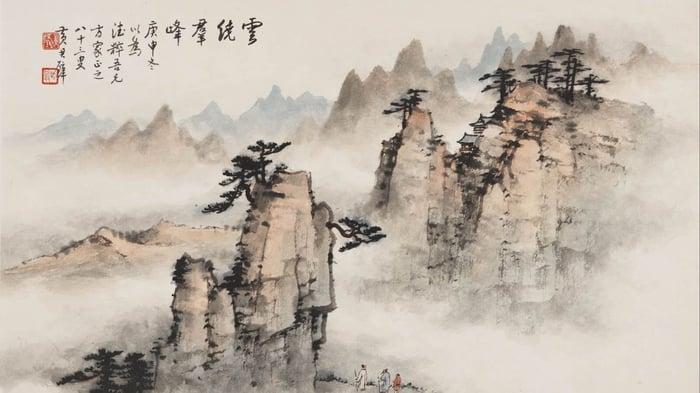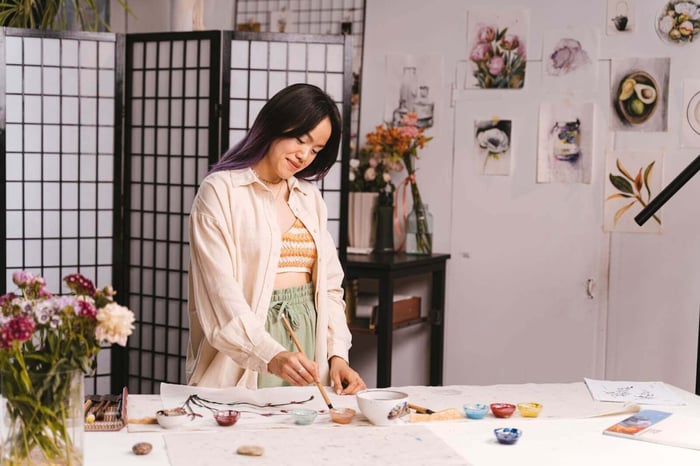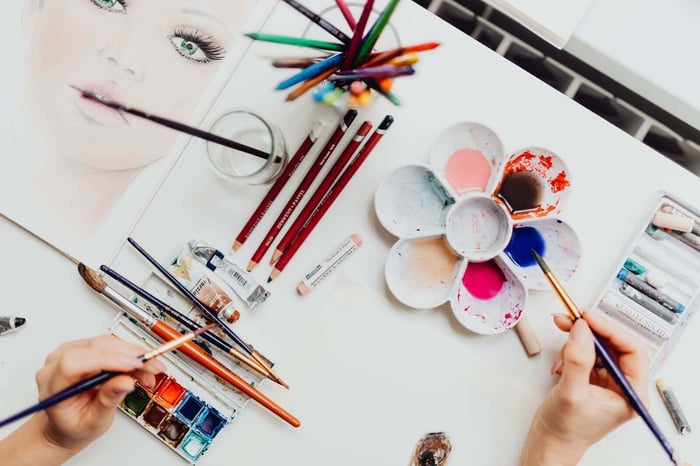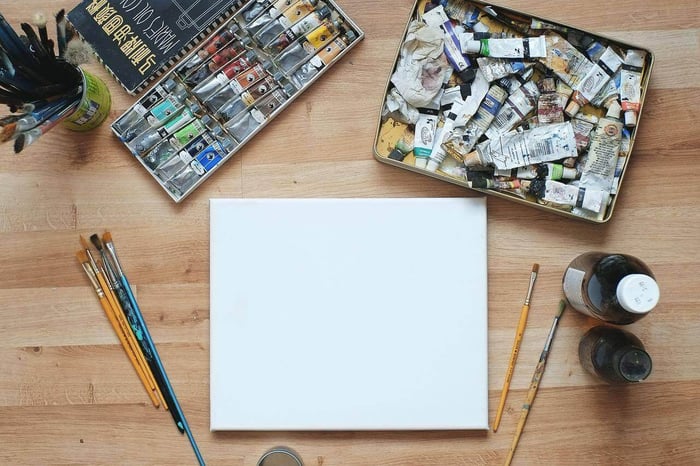There are so many famous Asian landscape artists that have inspired landscape art as we know it today. China, in particular, has a rich history in landscape paintings, dating back to the third century. Chinese artists have also inspired an array of famous Japanese and Korean landscapes in their unique styles using calligraphy pens and artist paints. Want to learn more? Read on to discover 10 famous Asian landscape artists and their works so you can be inspired to create your own!
Overview:
Wu Guanzhong
Tang Yin
Shen Zhou
Tosa Mitsuoki
Kano Eino
Jeong Seon
Jang Seungeup
Kano Ryusetsu Hidenobu
Qi Baishi
Kano Isen’in Naganobu
10 Famous Asian landscape artists and their works
Wu Guanzhong (1919-2010)
A famous landscape painter in China, Wu Guanzhong is considered to be the founder of modern Chinese landscape painting. Using a paint brush, oil paint and artist inks, Guanzhong blended Western and Chinese landscape styles to create unique artworks. His contemporary artworks commonly featured intriguing landscapes, architecture, animals, plants and people. His work is featured in the British Museum and continues to inspire many artists to this day.
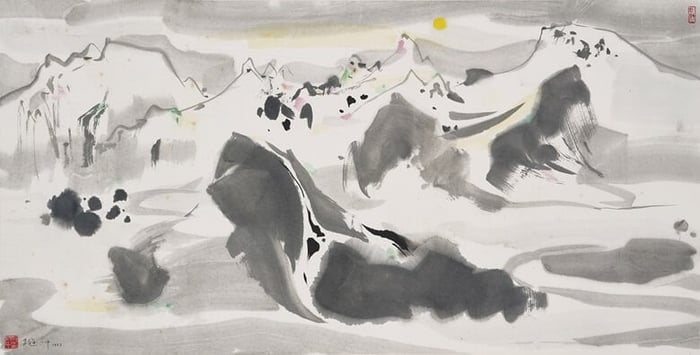

Tang Yin (1470-1524)
Born in China, Tang Yin excelled in his studies and dreamt of a career in civil service. He was accused of cheating in his provincial exams, which led him to being denied from further study. He began to make a living through painting. His painting techniques were inspired by the Four Great Masters of Yuan. He is famous for his ink paintings that feature feminine beauty, and his detailed landscapes.
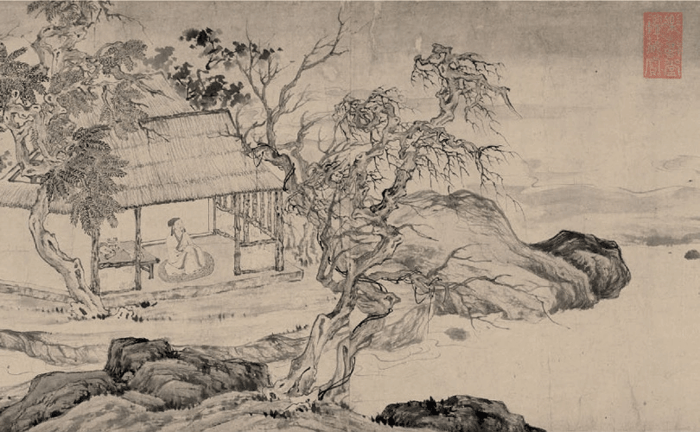
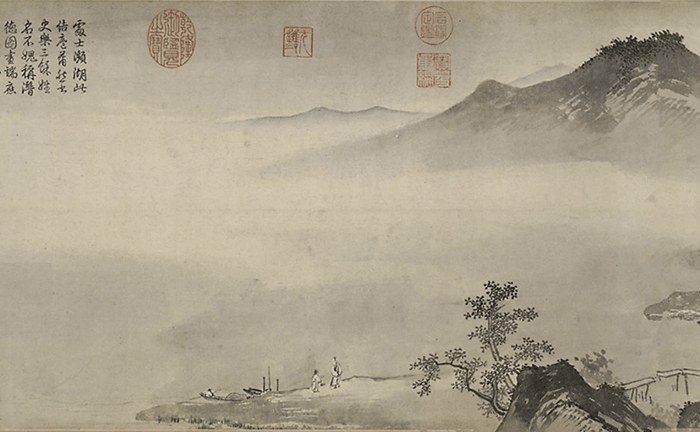
Shen Zhou (1427-1509)
Shen Zhou is known as one of the ‘Four Master’s of Ming’. He is famous for creating some of the most historical Chinese masterpieces. He is most well known for his monochrome ink landscapes, but also has works featuring fruits, flowers, vegetables and animals. His style was very unique and he was a trend setter for many later artists.
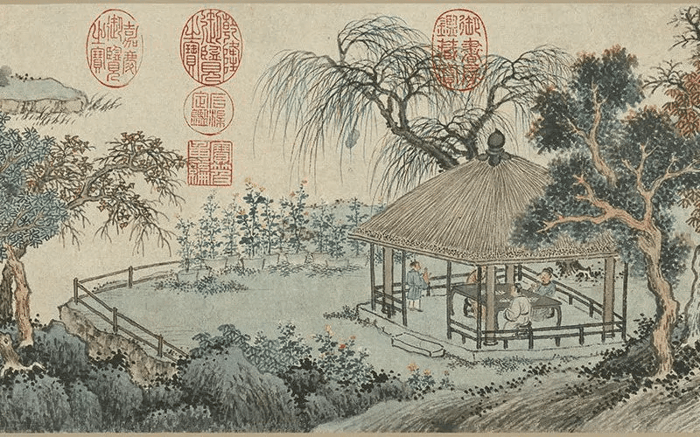
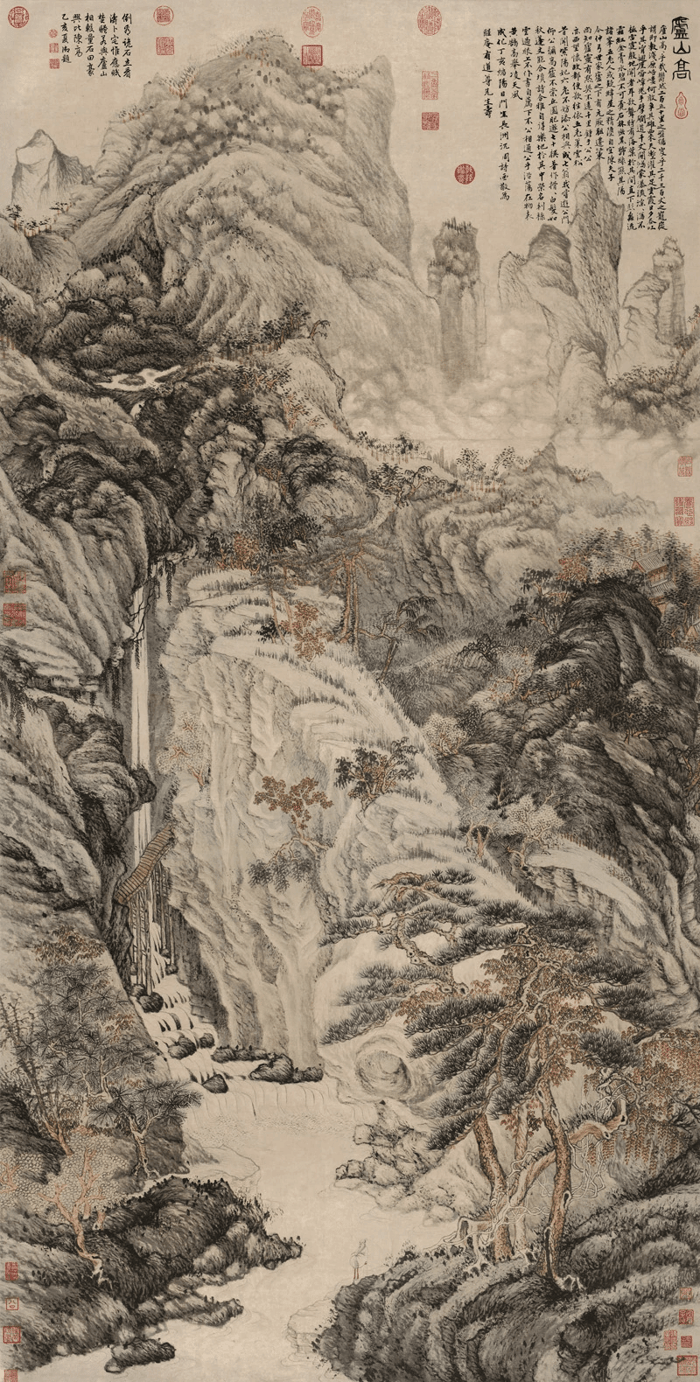
Tosa Mitsuoki (1617-1691)
Tosa Mitsuoki was a Japanese landscape artist who was head of the Tosa Art School in Kyoto. The school was founded in the Muromachi period and focused on combining Chinese and Japanese painting techniques. He is well known for his landscapes that included naturalistic styles and soft tones.

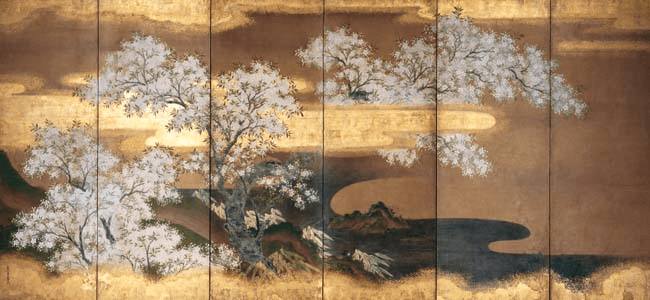
Kano Eino (1631-1697)
Kano Eino was a Japanese artist, who later became head of the Kano School of painting. He inherited the position after his father died in 1651. His art became the first notable historical work in Japan that has been used as a fundamental source for researchers. Eino’s artworks used inks and acrylic paint on silk paper.

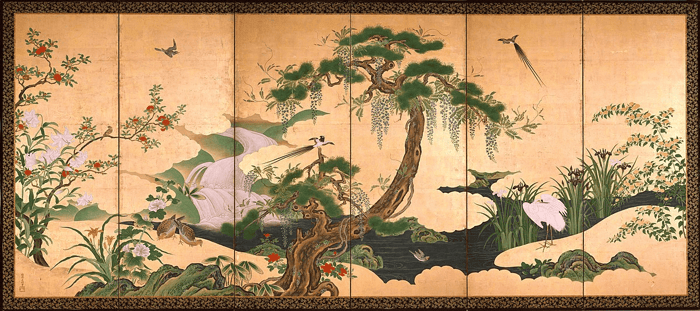
Jeong Seon (1676-1759)
A Korean landscape artist, known for his artworks using artist ink and oreintal watercolour paint. Jeong Seon’s paintings focused on Korean history and culture, often featuring geographical features of Korea. His painting style was more realistic, rather than abstract.


Jang Seung-eop (1843-1897)
Jang Seun-eop was a famous Korean painter of the Joseon Dynasty. His life was depicted in the 2002 film ‘Chi-hwa-seon’. Seung-eop learnt how to paint at a young age and he soon became famous for his artworks, including landscapes, flower paintings, and paintings of everyday life.


Kano Ryusetsu Hidenobu (1646-1712)
Kano Rtusetsu Hidenobu was an artist of the Tsukiji Odawara Kano family. After his father’s death in 1669, he became an official painter of the shogunate and travelled to Kyoto to paint murals as decoration for the Imperial Palace. He would often use ink, colour and gold leaf on paper.
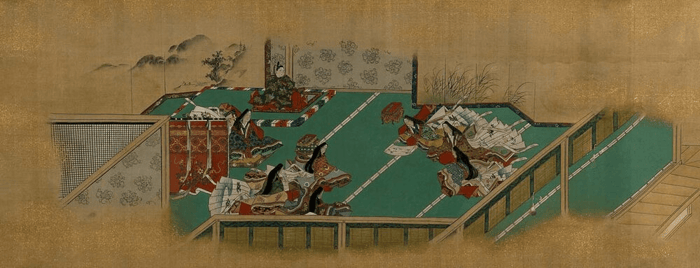

Qi Baishi (1864-1957)
Qi Baishi is known as one of the greatest contemporary landscape artists in China. He was a traditional Chinese painter, who painted an array of landscapes, animals and plants. He is famous for the freshness and spontaneity he brought to his works using paint and calligraphy pens. Qi Baishi was elected president of the Association of Chinese Artists and even has a crater on Mercury named after him in 2008.
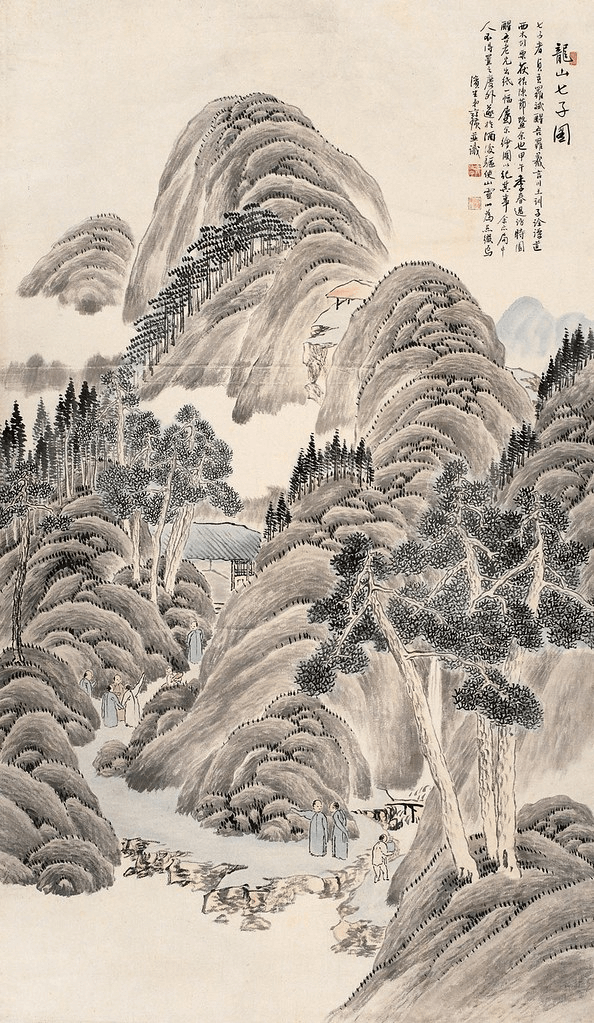

Kano Isen’in Naganobu (1775-1828)
Kano Isen’in Naganobu was a painter of the well known Kano School. Naganobu went on to create commissions for the court of Kyoto and the Imperial Palace using artist ink. Later, Naganobu moved from Kyoto to modern Tokyo, where he served the Tokugawa Shogunate. In the Shogunate he had access to study historic Chinese and Japanese landscape paintings.
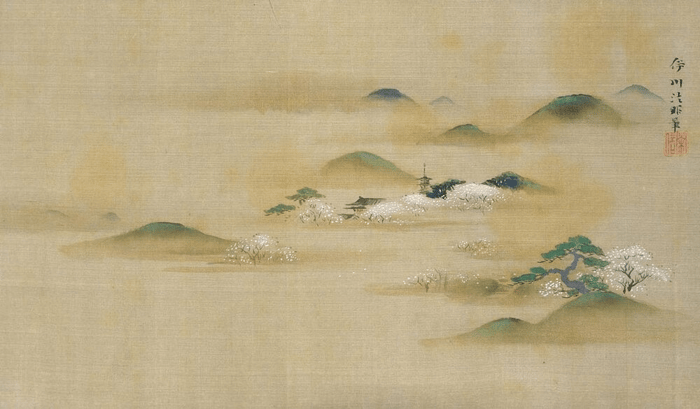
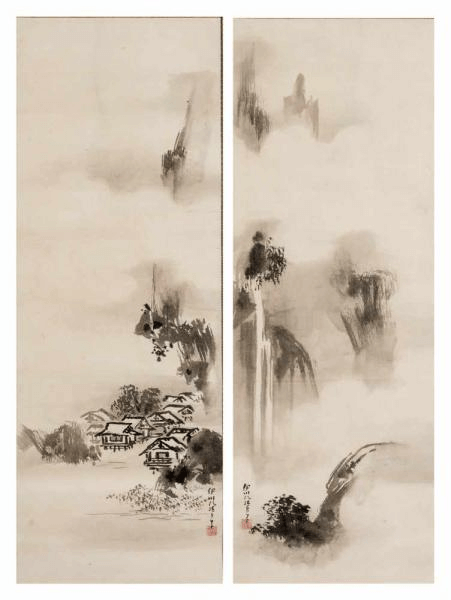
Feeling inspired?
If you have been inspired by our list of famous Asian landscapes artists and their works, Art to Art has all the art supplies you need! From paint and drawing supplies, to sketchbooks and canvas – plus so much more. When you shop online at Art to Art, you will receive fast same-day dispatch Australia-wide. You can also buy now and pay later with Afterpay. If you have any questions, please do not hesitate to contact us online.
Asian landscape artists: FAQs
What is Asian landscape art?
Asian landscape art is commonly based on idealistic landscapes, although many Asian landscape artists have based their works off real life views. They are typically completed with a paintbrush, ink and subtle amounts of watercolour. The style is an extension of traditional Asian calligraphy and uses the same brushstrokes.
What is the difference between Chinese painting and Japanese painting?
Chinese landscape painting history dates back to the Han Dynasty in 206 B.C.E to 220 C.E and is typically known for its coloured and black ink brush strokes, replicating traditional calligraphy techniques. It is typically completed on silk paper. They usually consist of mountains, rivers and waterfalls. Whereas, Japanese paintings date back to the fourteenth century and consist of painting styles that are varied and unique. They often use calligraphy techniques and paints to create flowing compositions, and immense details and figures.
What are the three concepts of Asian art landscapes?
The three most popular concepts used by Asian landscape artists include calligraphy, poetry and painting. Painting was inspired by poetry and used with calligraphy techniques to create landscapes featuring flowers, homes, birds, trees, mountains and water.




